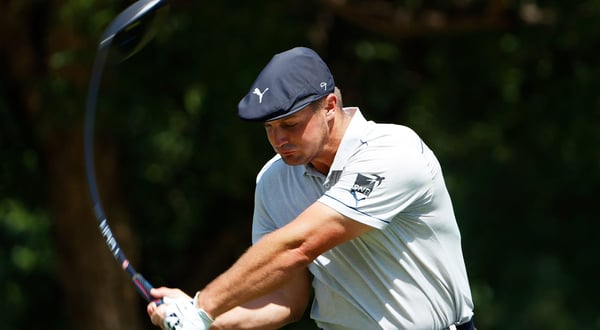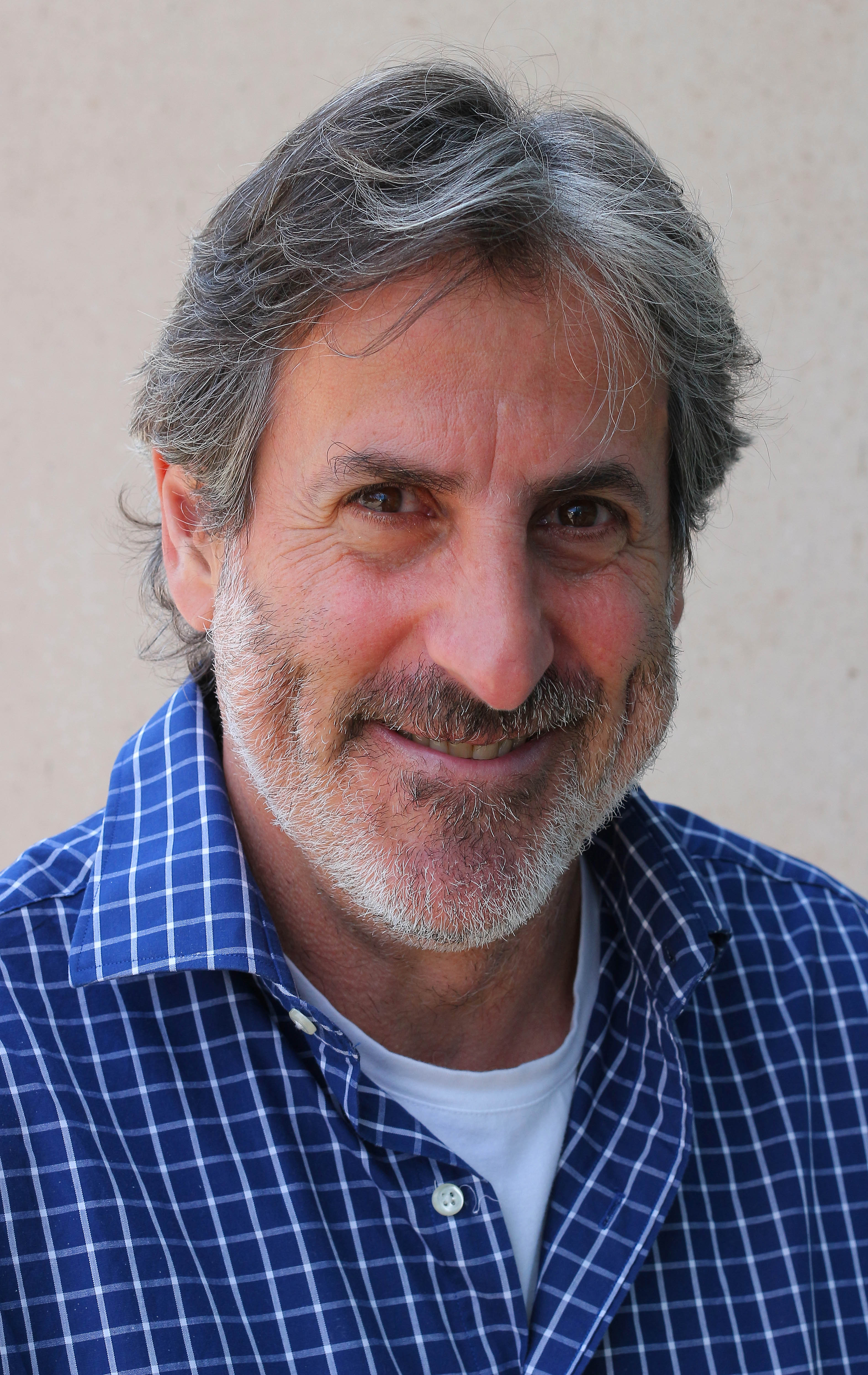
Here is a suggestion to the United States Golf Association and the Royal and Ancient Golf Club of St. Andrews: stop the study you are doing on distance.
If you are not familiar with this, the USGA and R&A, which collectively make the rules of golf, they are in the midst of what has been called the Distance Insights Project. It is studying the past, present and future impacts of distance in golf. Specifically, the two bodies aim to help achieve a more sustainable long-term future for golf. In essence, they are not fans of balls travelling so far off of the tee that players on the PGA Tour have a short shot to the green or, in some cases, are already driving the green.
To that effect, the USGA and R&A are proposing three key rule changes that could have significant impacts on golf club and golf ball manufacturers and, by extension, golfers, in particular at the elite pro level.
These are the proposals:
Proposal #1: Club length – reduction to 46 inches available as a Model Local Rule (MLR) (Original proposal delivered in 2016 and paused in 2017 due to the Distance Insights Project). Comment period ended on March 4, 2021.
Proposal #2: Update on testing method for golf balls. Comment period ends on Aug. 2, 2021.
Proposal #3: Change to testing tolerance – Characteristic Time. Comment period ends on Aug. 2, 2021.
For more information on the Distance Insights Project, visit https://www.usga.org/content/usga/home-page/articles/2021/02/distance-golf-equipment-research-topics-areas-interest-usga-randa.html
I get that the distance of balls is a concern – Jack Nicklaus has been talking about this for years and is suggesting rolling back the balls 20 yards.
The problem, in my opinion, is this is going against the mindset of TV networks and fans. Last week on its broadcast of the Arnold Palmer Invitational, CBS had a graphic to illustrate the distance of balls on some holes, notably the sixth. The conservative golfers chose not to carry the ball over the water. Then there was Bryson DeChambeau (Bridgestone Tour B X), who brazenly took out his driver and attempted to clear the lake. The crowd in attendance now that the PGA is allowing people back in on a limited basis due to COVID19 waited in anticipation for DeChambeau’s drive and vocalized their excitement. And when DeChambeau, the Pharaoh of Golf Physics, let it rip, the crowd went nuts. DeChambeau soaked it all in, raising both his arms as the ball easily flew over the lake and grinning like crazy.
This is the same kind of excitement that happened when John Daly (Titleist Pro V1x) was bombing ball with his grip-it-to-rip-it approach. Tiger Woods (Bridgestone Tour B Xs) brought that same kind of excitement, too, but he was not as demonstrative as the larger-than-life Daly and DeChambeau.
But let’s go back even further: When Palmer was playing, he espoused the idea of playing aggressively, including famously using a driver in the fairway. DeChambeau is doing what Palmer was preaching. Somewhere in the heavens The King must be smiling.
There is a new legion of long bombers, headed by DeChambeau. Yes, it is an advantage for the distance strikers, but the bottom line is the game is ultimately determined by irons and putters. The old axiom about drive for show and putt for dough is absolute. Were it not for the 10-foot par save on the final hole of the Arnold Palmer Invitational, DeChambeau would have gone into a playoff against the ageless Lee Westwood (Titleist Pro V1x). That final putt was arguably the most important of DeChambeau’s career to date. Remember what happened to Max Homa (Titleist Pro V1), who missed a three-foot putt on the final hole of the Genesis Invitational and had to go into a playoff against Tony Finau (Titleist Pro V1)? Fortunately for Homa, he won the playoff battle.
DeChambeau is one of those guys that people love or dislike – I think he’s more of a villain than Patrick Reed (Titleist Pro V1). But it’s good for the game of golf. The USGA and R&A can bury their heads in the bunkers and insist distance is an issue that needs to be addressed. They can force manufacturers to change what they are doing, but science and technology have been changing the game of golf for years. Everything has been designed to make the ball go further and straighter, so if the rules are changed to put clamps on the manufacturers they will surely find a way around it eventually.
DeChambeau has built up his game by building up his body – no different than Woods in his 20s – and applying physics. Yes, he’s a mad scientist, but he claims he’s doing it for the good of the game. Whatever you feel about that, it works for him.
Rolling the balls back is one solution, but no one forces golfers to pull the Big Berthas out of their bags and aim to defy water, sand traps or trees. There are odds and risks, and make no mistake there are people who are not crazy about DeChambeau’s attitude and revel when he fails.
If a sage such as Nicklaus thinks rolling the ball back 20 yards is the answer, so be it, although I say there is going to come a time when sports gambling will enter in golf and betting shops will offer props on driving distance.
NEWS ABOUT THE CANADIAN OPEN: For the second consecutive year, the RBC Canadian Open has been cancelled due to what has been termed “a number of significant logistical challenges” related to COVID19. It was scheduled to take place June 7-13 at St. George’s Golf & Country Club, about 20 minutes from where I live, for the first time.
The 2019 Canadian Open was moved to a slot the week before the U.S. Open instead of the week after The Open, which brought some of the biggest stars in the sport, such as tournament winner Rory McIlroy (TaylorMade TP5), for the first time. He won by seven shots and shot a nine-under par 61 on the final day. The week before he just missed the cut at The Open at Royal Poltrush Golf Club, where he grew up playing the game.

